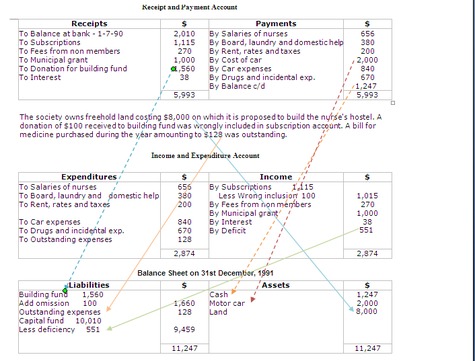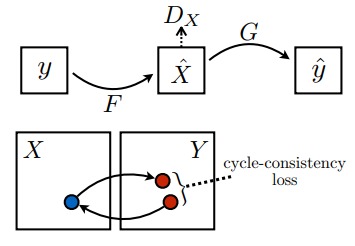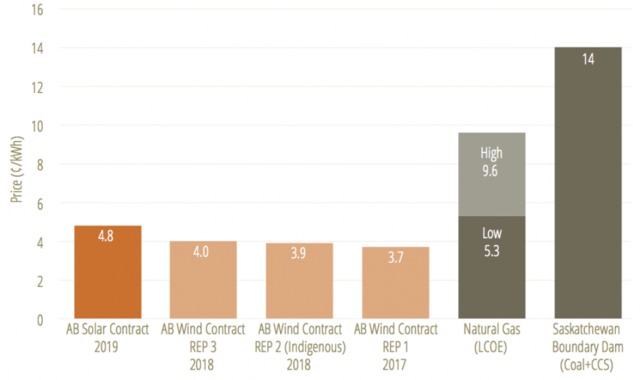To date the best solution for finding a quote for a loan is not to go to the bank you trust or to the nearest branch of a well-known finance company, but to search for and compare different quotes on specialized online payday loan sites in the sector. Financing companies rooted in the territory and with a long history behind them.
It only takes minutes to request a next day payday loan online

Since online Payday Relay’ loans are generally offered to everyone, it is not necessarily said that interest rates are lower than those obtainable through a traditional payday loan.
It is therefore essential to find a web site for comparing online payday loans, loans and mortgages that is able to draw up a list of proposals in order of costs and installment amount based on the credit solutions most suited to the customer’s needs. In order to optimize the use of the site, free and without obligation, it is good to know the main features to access real results and not just indicative.
Further customization
Through the personalized creation of an online payday loan quote, you can better and quickly evaluate your credit position, since different credit institutions modify the monthly payment amount based on the duration of the repayment plan, with the application of a interest rate different depending on age, profession and the amount you want to request with the repayment plan, so that the quote you get is much more detailed.
Therefore, after requesting an online payday loan quote on the website of the offers comparator, the proposal must be deepened by contacting financial companies or banks directly for another quote, specifying their professional / credit rating on the basis of the employment contract of which it is the owners, that is to say if you are a public or state employee, a pensioner, a young worker.
Details on real costs

It is also advisable to specify the net monthly salary , the employment contract you have, the maximum amount of the sustainable installment , the duration of the desired amortization plan , the details of your profession and age ; in this way it is possible to view the entire list of online payday loans available for those who come within their personal and economic characteristics, so as to evaluate the offers based on certain parameters: displaying only the most suitable offers for their expenses, eliminating unsatisfactory offers at first glance, a comparison of the installment amount according to the loan application conditions, evaluation of the costs of opening the case, assessment of additional costs, evaluation of the clauses and transparency of the contract by reading the “product sheet” and the section “Conditions” .
Conclusion of the contract

It is also possible to request different quotes from the same credit institution in which you place more trust and which have the best image of convenience of spending, but it is good to remember to constantly update the results to view the proposals according to personal or economic parameters and leave the latter unchanged if credit institutions change. When you are sure you have found the most suitable proposal and the most promising credit institution, after requesting a detailed quote, you must wait at least for three working days if you want to get an answer; once the financing contract is approved, it is the bank or bank itself that provides the information for the signing of the contract which can be concluded both in digital and paper format at a branch of the group.





































